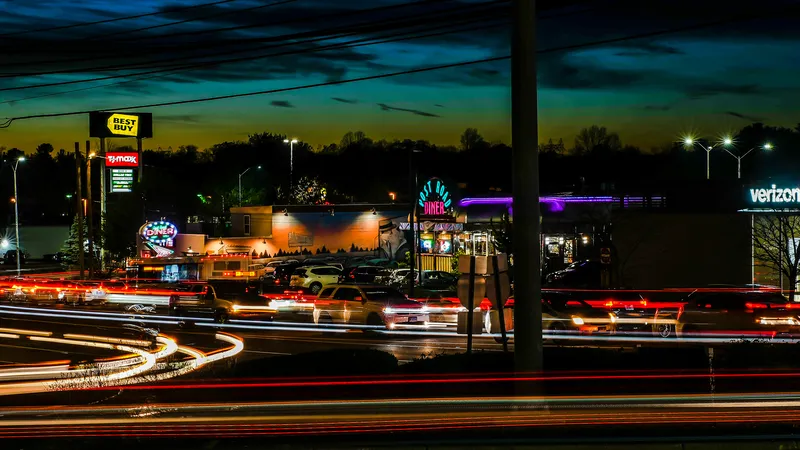There is a temptation to present ITS as part of an endless upward curve towards better, easier, safer, quicker, and so on. But it is important to acknowledge that there can be (sometimes literally) bumps in the road. When mobility schemes go wrong, it’s not pretty. Take bicycle-share company oBike, which recently stopped its operations in Melbourne, Australia. Having no docking stations massively increases convenience for users – you can leave the bikes anywhere - but opens up the whole shebang to the threat of abuse (precisely because you can leave the bikes anywhere). Residents were understandably unimpressed to see them abandoned on the streets – and even in more creative places, proving that there are few limits to human beings’ sense of mischief when they think there’s no-one watching: pictures of the distinctive yellow cycles left halfway up trees, on top of bus shelters and in the Yarra river circulated widely on social media. So, there has to be a balance between usability and the (potential) anti-social aspects of any initiative. Having said that, the capacity of ITS to make things better is clear. In the US, Detroit was once a byword for urban decay. But, happily, things change. The city and regional authorities have big plans for improvement, much of which involves thinking clearly about how people can get around. Crucially, they don’t view the streets as a laboratory: but are committed to understanding the needs of residents and working out how technology can help – not least for those who can’t afford car insurance, or don’t have smartphones or even credit cards. Everyone agrees there is still a long way to go. But then, nobody ever said that the path to improved urban mobility was going to run smooth. Solutions must indeed be developed for the people that will be using them – but must also take into account the lives of those who don’t.
Mobilty schemes must consider the people who use them – and those who don’t
There is a temptation to present ITS as part of an endless upward curve towards better, easier, safer, quicker, and so on. But it is important to acknowledge that there can be (sometimes literally) bumps in the road. When mobility schemes go wrong, it’s not pretty. Take bicycle-share company oBike, which recently stopped its operations in Melbourne, Australia. Having no docking stations massively increases convenience for users – you can leave the bikes anywhere - but opens up the whole shebang to the threa
September 6, 2018
Read time: 2 mins










